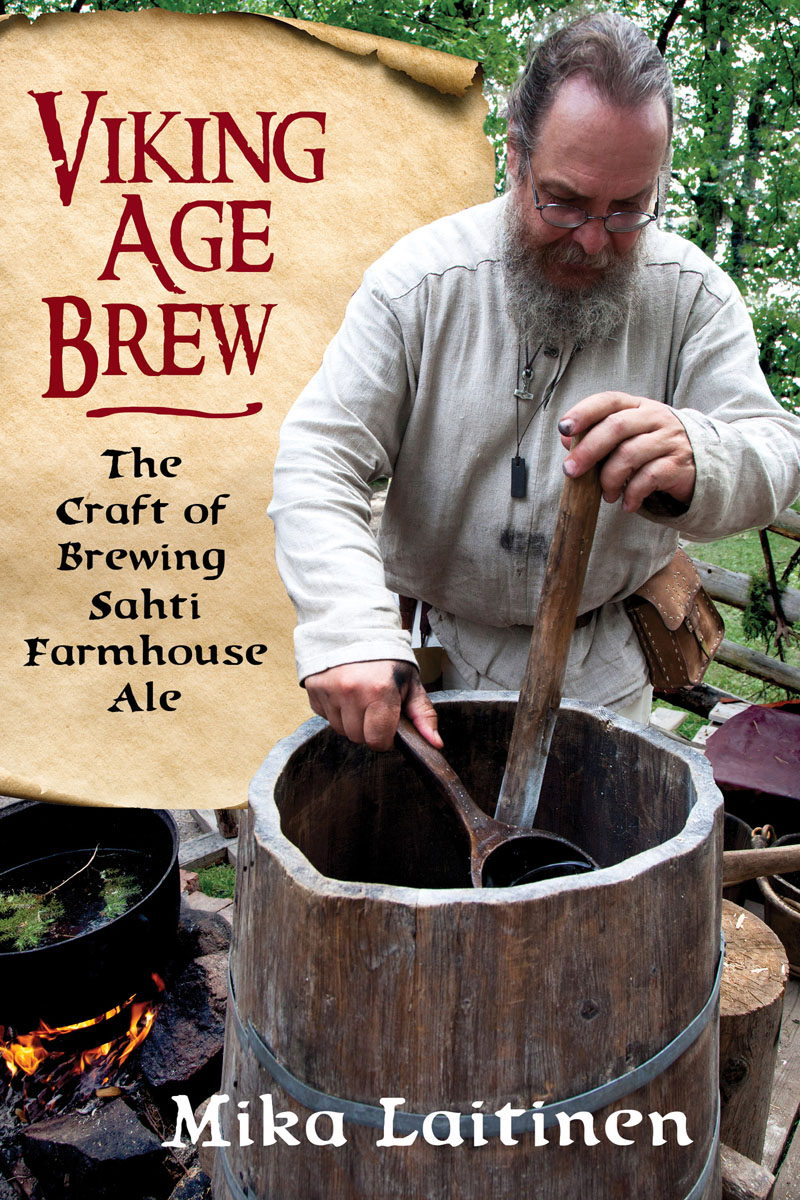
To all who have helped keep the farmhouse brewing traditions alive.
Copyright 2019 by Mika Laitinen
Photographs copyright 2019 by Sami Perttil unless otherwise indicated
Foreword copyright 2019 by Randy Mosher
All rights reserved
Published by Chicago Review Press Incorporated
814 North Franklin Street
Chicago, Illinois 60610
ISBN 978-1-64160-047-7
Library of Congress Cataloging-in-Publication Data
Names: Laitinen, Mika, author.
Title: Viking age brew : the craft of brewing sahti farmhouse ale / Mika Laitinen.
Description: Chicago, Illinois : Chicago Review Press Incorporated, [2019] | Includes bibliographical references and index.
Identifiers: LCCN 2018061301 (print) | LCCN 2019000669 (ebook) | ISBN 9781641600484 (PDF edition) | ISBN 9781641600507 (EPUB edition) | ISBN 9781641600491 (Kindle edition) | ISBN 9781641600477 (trade pbk. edition)
Subjects: LCSH: SahtiAmateurs manuals. | BrewingAmateurs manuals.
Classification: LCC TP578 (ebook) | LCC TP578 .L45 2019 (print) | DDC 663/.3dc23
LC record available at https://lccn.loc.gov/2018061301
Cover design: Preston Pisellini
Cover image: Courtesy of Sami Brodkin
Interior design: Jonathan Hahn
Printed in the United States of America
5 4 3 2 1
C ONTENTS

F OREWORD
BY R ANDY M OSHER
B EER HAS A VERY ANCIENT and fascinating place in the DNA of human society. Today we have evidence of brewing prior to the advent of agriculture, in the Neolithic period. At a site called Gbekli Tepe in eastern Turkey, evidence shows that people were brewing in quantities sizable enough to attract folks from across the region for periodic feasts. Once assembled, far-flung members of their group could trade goods, find mates, celebrate a spiritual life, and likely collapse, happy and satiated with food and enlivened by the magical ecstasy of beer. Such gatherings may have been the first wide-scale coalescing of nomadic peoples in the Near East, enticing them to settle into a farming life and begin the project of creating civilization.
Beer is in our cultural lifeblood, not just in Western societies but in Asia, Africa, and the Americas as well. Over the ages beer has served us admirably. Its a humble servant: offering much, asking little, and playing many roles. Beer can be quenching, filling, relaxing, thrilling, comforting, uniting, and thought provoking. All from a few seeds of grass and some flavorful herbs, transformed by the magic of yeast. Oh yes, and the staggering ingenuity of the human mind.
All of these qualities shine through in the remnants of a near-vanished tradition: Nordic farmhouse brewing. In places where the modern world has for whatever reason not fully penetrated, a few steadfast artisans are carrying on the old ways, serving their communities in celebration or grief with fresh, tasty, and uplifting ales, just as they have for untold ages. Their tools and methods are simple, but the results are profound.
Beer today is undergoing a creative explosion unlike anything in its seventeen-thousand-year history. Artisanal brewers across the planet are bringing their ideas into liquid reality, and thanks (or curses) to the Internet, the pace is accelerating at a frightening rate. At the core of this revolution, however inventive, is a reimagining of the old ways. There is nothing really ever novel in art, just a recycling of previous ideas in new contexts. This mix of old and new creates a tension that can be the engine of artone reason why we care so deeply about it.
Just as heirloom plants add their DNA to the betterment of cultivated species, allowing them to adapt to changed conditions and needs, beers history serves a reservoir of ideas, tastes, and techniques for creative minds to draw from as they create something uniquely suited to the moment.
The rustic and delicious farmhouse ales covered in this book are jewels of our cultural heritage, and they deserve to be cherished for that reason alone. But they also connect us directly to other human beings over the vast gulf of thousands of years. In their presence we find ourselves face to face with our past and ready to write the next amazing chapter of our history.
A CKNOWLEDGMENTS
I N 2013 I ASKED MY GOOD FRIEND Johannes Silvennoinen to join me in writing an article about sahti. He needed some time to think but a week later replied, Lets write a book. Mutual friend Hannu Nikulainen soon joined the team, and we began a journey that would put us in touch with dozens of farmhouse brewers all over Finland and Estonia. Our Finnish-language book on sahti came out in 2015. The book you are now holding is not a translation of the Finnish work but did spring from those beginnings. Thanks to Johannes and Hannu, I still havent drained the well of stories, even after two whole books on sahti.
The farmhouse brewers in the Nordic and Baltic countries who have contributed by sharing their craft with me are far too numerous to mention, but I wish to acknowledge the following people in particular, who have on multiple occasions dedicated several hours to explaining what they do: Jrund Geving, Morten Grans, Simonas Gutautas, Kari Harju, Veli-Matti Heinonen, Pekka Kriinen, Kauko Kuusikko, Petteri Lhdeniemi, Seppo Lisma, Paavo Pruul, Heikki Riutta, Roar Sandodden, Ilkka Sipil, Hannu Sirn, Lars Andreas Tomasgrd and his brewing crew in Hornindal, Eila Tuominen, Hannu Vliviita, Olavi Viheroja, and Jouko Ylijoki.
In addition, many members of the international beer community have been incredibly helpful. Special thanks go to Lars Marius Garshol, who has never tired of discussing beer traditions with me and has greatly enhanced my understanding of cereal beverages. I am also grateful to Martyn Cornell and Merryn Dineley, for their valuable comments for the History of Farmhouse Ales chapter. Randy Mosher too deserves thanks, for a foreword that summarizes well the importance of getting the word out about northern farmhouse ales.
I have been most fortunate to work with exceptional photographers and language professionals. Thanks are due Sami Perttil, Sami Brodkin, and Jyrki Vesa, for providing outstanding photos that added dimension to this story. Sometimes I have difficulties in putting my thoughts down in words, but editor Anna Shefl applied a wizards touch to read my mind and take the text of the book to the next level. I am indebted to Teijo Aflecht for looking over the book proposal and to Juha Virkki for his sage advice on publishing. Finally, the Chicago Review Press team did excellent work guiding this book over the finish line.
The greatest thanks, however, are reserved for my wife and best friend, Mari Varonen. Without her love and support I wouldnt be who I am today and probably would never even have started writing about beer.

I

T RADITION , C ULTURE, AND H ISTORY

A historical brewing demonstration at the Medieval Market of Turku, 2016. COURTESY OF SAMI BRODKIN

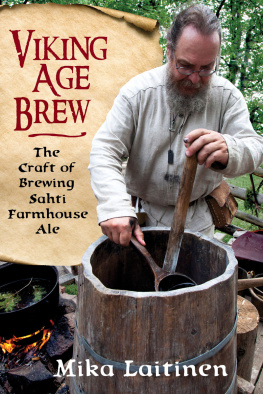

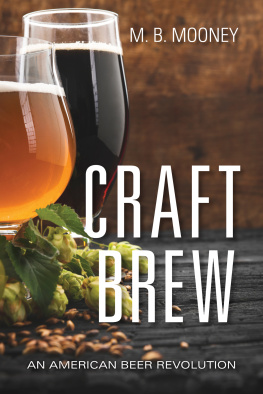
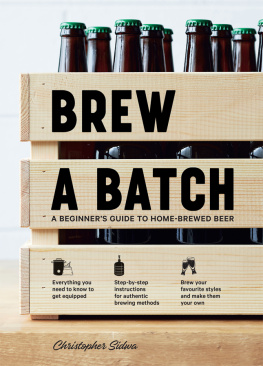

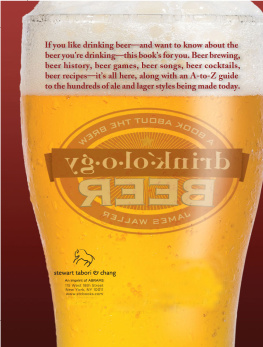
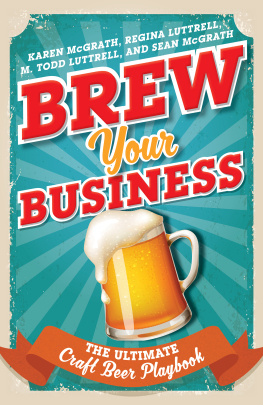
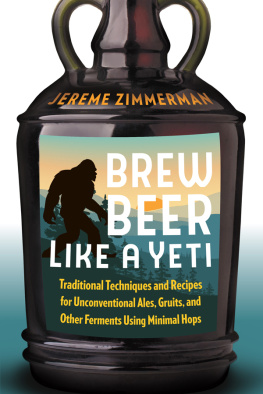

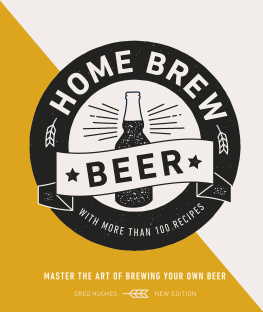
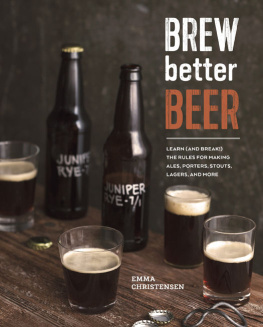
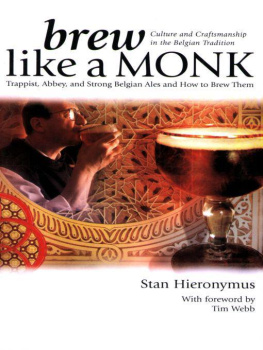


 I
I 
